If you’ve had a dog before, you know the time is never enough. Life is too short, and time goes by so quickly. No matter how many years they stay, it always ends too soon, and you are never prepared for it.
And it does get worse, because there are breeds with even shorter lifespans than a regular dog breed’s. But that doesn’t impact the quality of life and the moments you spend together. For the short amount of time they have with you, they give it their all.
There are popular short-lifespan dog breeds that make every penny count. With brief time but boundless affection and a heart that is ready to give its all, their love knows no bounds.
RSPCA states that, on average, dogs live for 10-12 years. But the short life expectancy of dogs is anywhere between 6-8 years. But ask any owner, and they’ll tell you the same thing. It was worth every moment. Let’s explore some of these most unforgettable breeds.
Popular Short-Lifespan Dog Breeds That Are Worth It
1. Irish Wolfhound
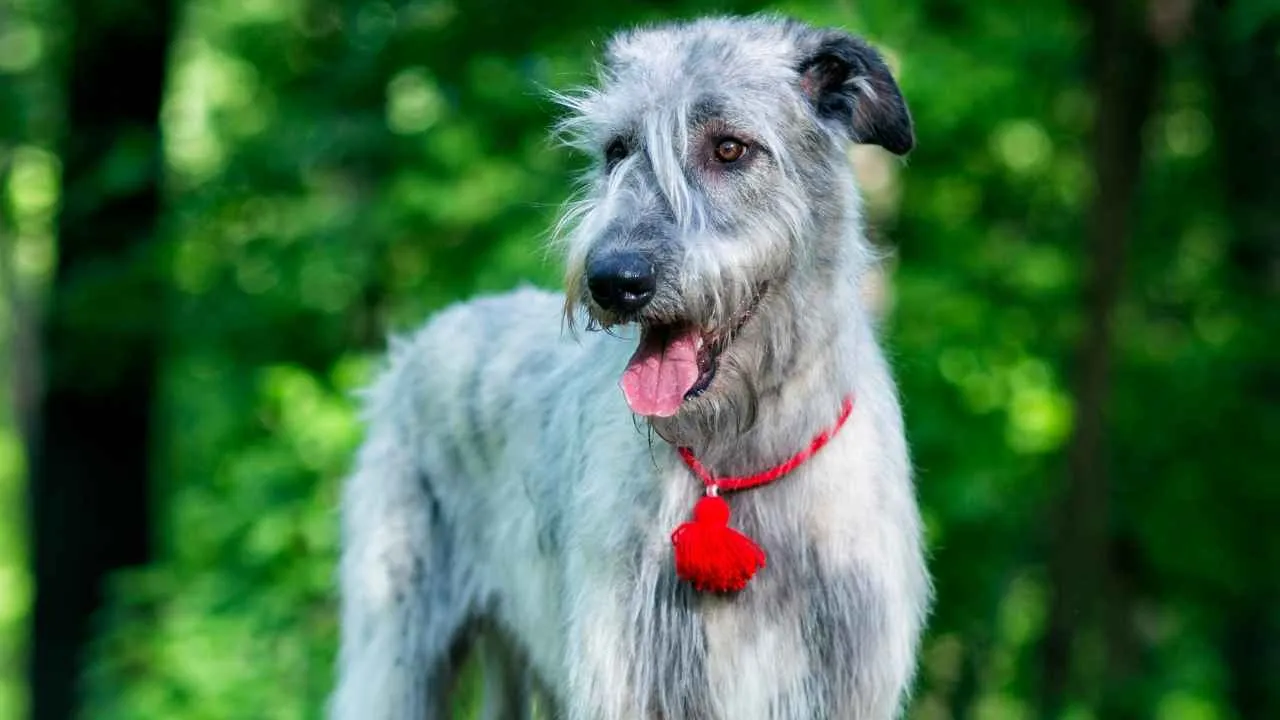
Their size contributes to the deterrence they cause, but these large breeds get along with other dogs, small dog breeds, everyone, and everything!
They are very steadfast and very strong, so often they’re referred to as the “Greyhounds of Ireland”, whereas contrary to a Greyhound, they are not aloof to strangers. They’re very friendly; these dogs thrive on socialisation.
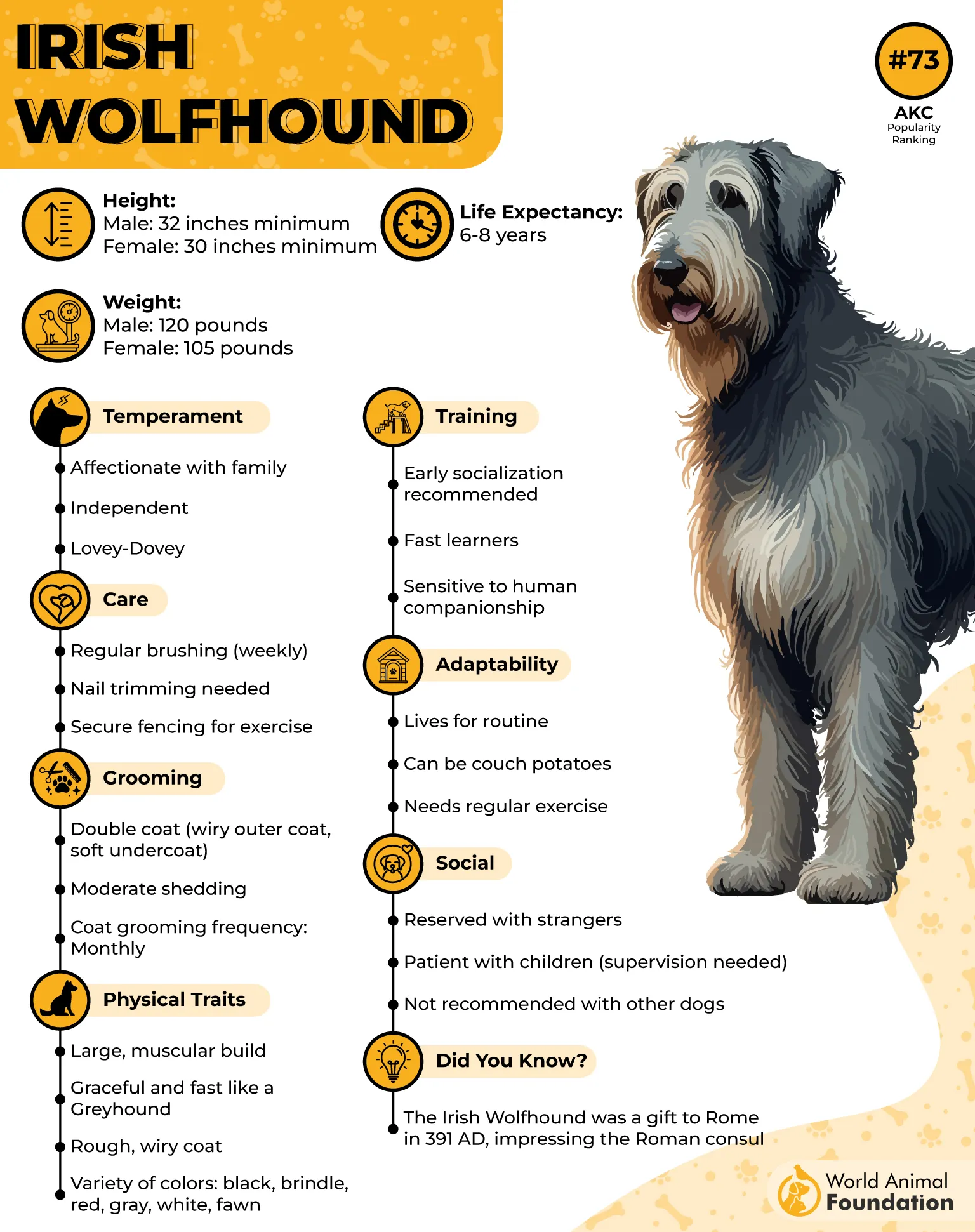
Things to Look Out For:
They are the healthiest in colder climates. So, if you reside in one of the warmer regions, make sure you can accommodate them by providing an air-conditioned house with enough space for their physical activity and mental stimulation requirements.
Their life expectancy is 6-8 years. This is one of the shortest-lived dog breeds to exist.
They do not just have the shortest lifespan; these are also the tallest dogs registered in the AKC.
They need to socialise from an early age, otherwise their massive frame could make them high risk for children and guests.
They have been prized as courageous hunters for centuries, dating back to Ancient Rome. This isn’t a dog just for anyone; this gentle giant with an affectionate nature makes for a devoted companion and a furry friend.

Though their average lifespan may be less, as long as they lead a healthy life, each day spent with them will be really memorable.
2. Rottweiler
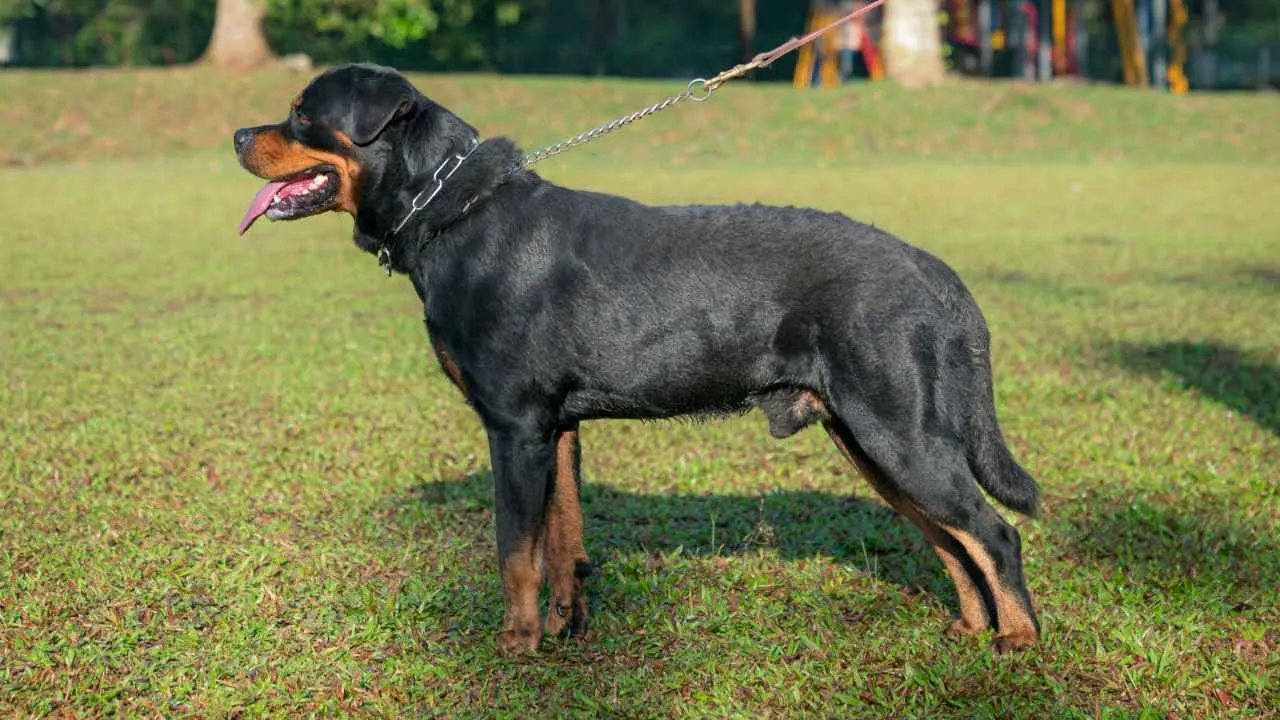
With an average lifespan of 9-10 years, the Rottweiler is a calm and laid-back breed. They make wonderful family pets and are great with children, as opposed to their reputation, unless trained otherwise.
Potential Health Issues:
Bone cancer
Parvovirus
Being prone to these health concerns and life-threatening conditions also makes them vulnerable to various health problems in addition.
If there are tumors located on the ribs or if the bone cancer impacts their lungs, they can also experience breathing difficulties, and this affects the quality of their lives significantly.
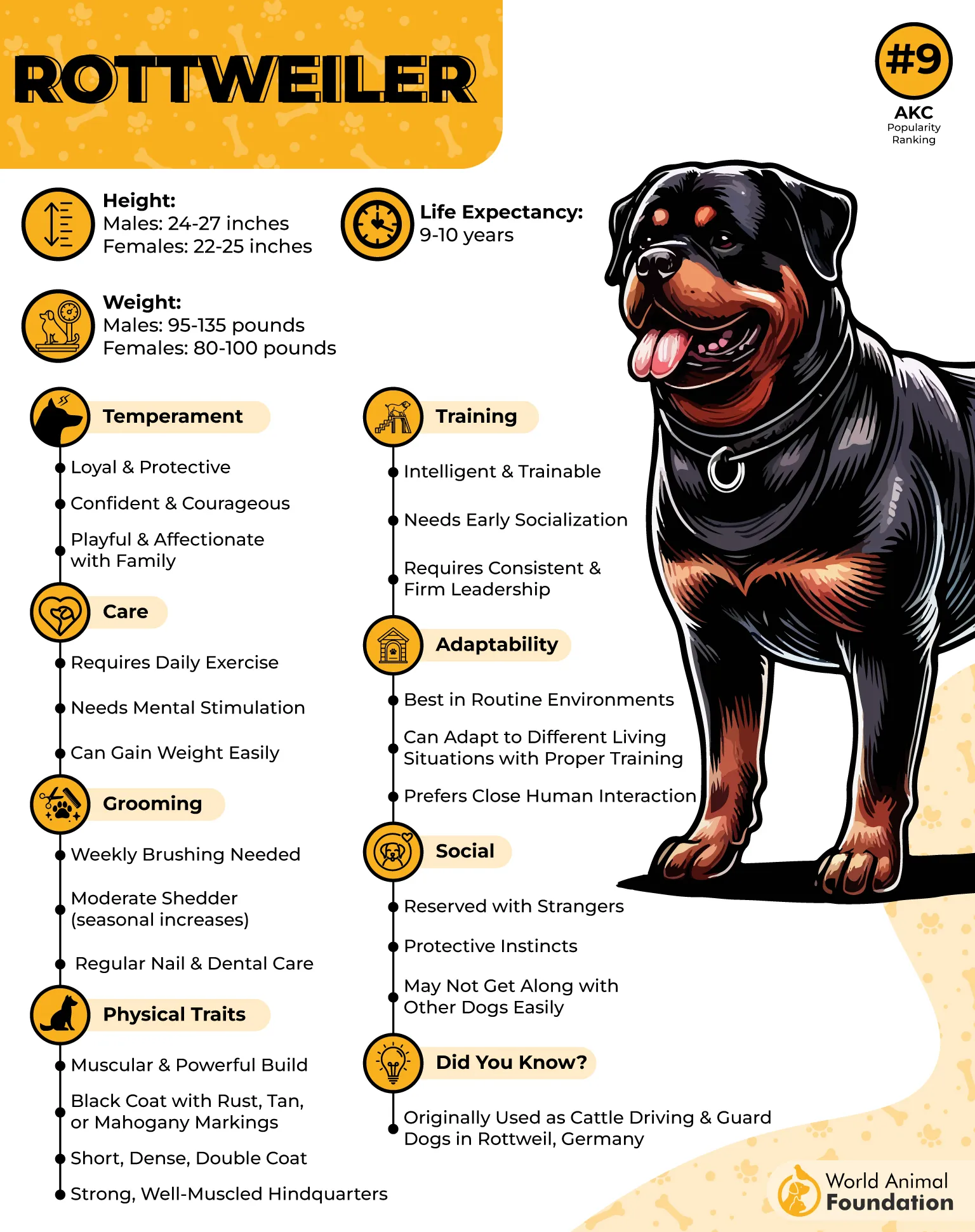
If early signs are caught on time and preventive care measures are taken, such as their diet, physical activity, and doing anything that minimizes any sort of health struggles, your Rottweiler will lead a healthy life for as long as they can and serve to be the canine companions that they are deemed to be.
Pro tip: Due to reasons unknown, spaying or neutering a Rottweiler has been known to decrease the risk of Osteosarcoma, according to PetMD.
🎧 Dogcast
Episode 9 — Humans, Stop Dressing Us Like This!
If you don’t hear sound, tap the button above to enable audio.
3. Dogue de Bordeaux
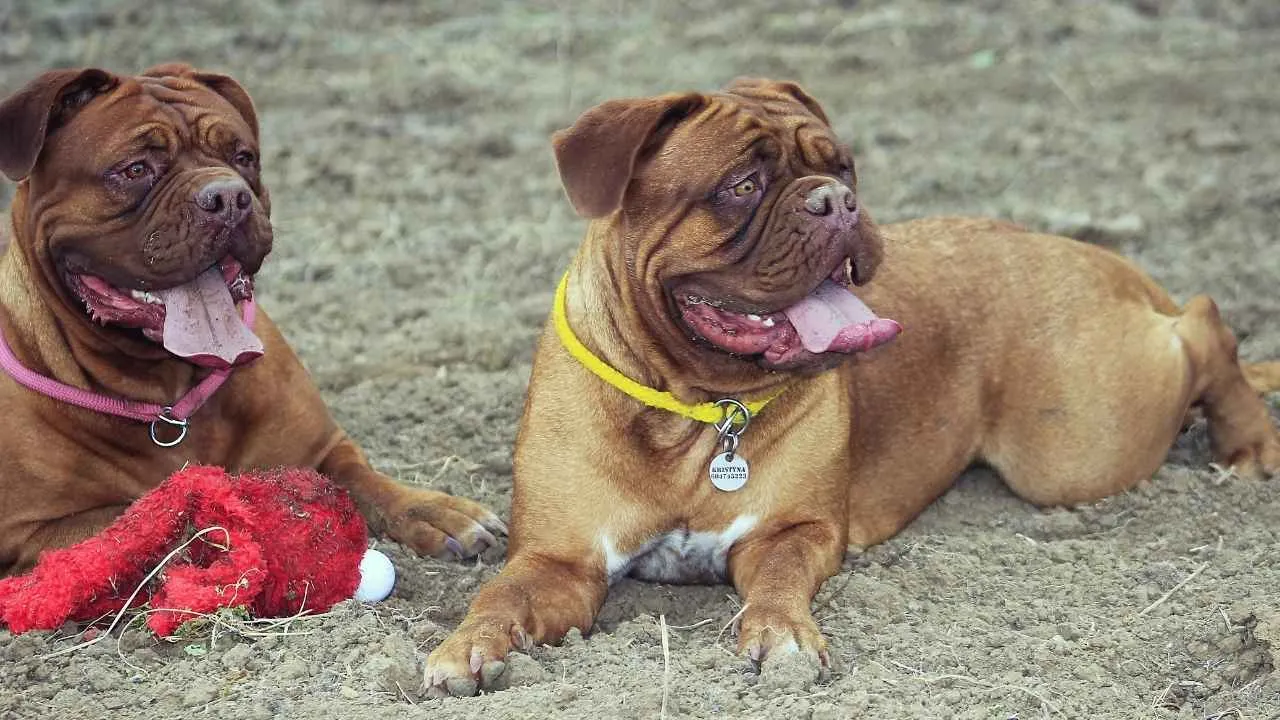
The Dogue de Bordeaux is the one large breed that you don’t need to fret about in an apartment; they love apartment living. They live up to 5 to 8 years.
They drool a lot, so be ready to clean that from every sofa they lounge on or the corner of the house you will be serving their food in. As with every large dog, they need to be trained early on so they don’t become aggressive.
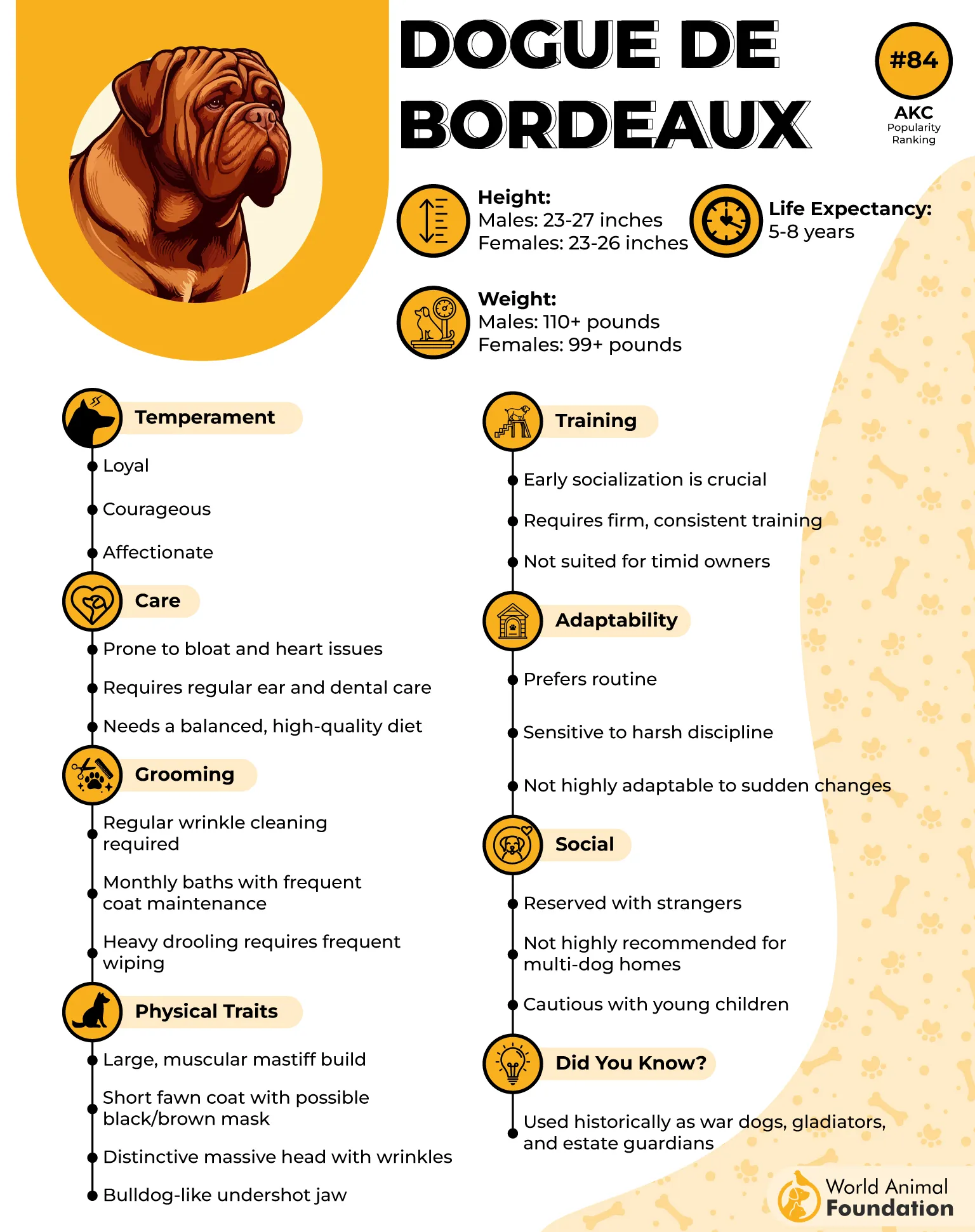
We may not have sold the breed yet, so let’s also focus on a few other traits of theirs.
The Good Stuff:
They don’t require a lot of exercise. They love to lounge with you like a couch potato, binge-watching your favourite show, and just staying in as they don’t even have a lot of energy.
Due to their ability to sit and observe for hours, they make amazing watchdogs.
They have sharp protective instincts and are immensely courageous.
They are good with children and also other dogs.
They are very affectionate to their family.
The most dangerous thing about them is probably their size; they can accidentally hurt someone because of that, but that’s about the most you need to be worried about with them.
Due to their lounging habits, you need to give them just enough movement for them to lead a healthy life as long as they can.
4. Great Dane
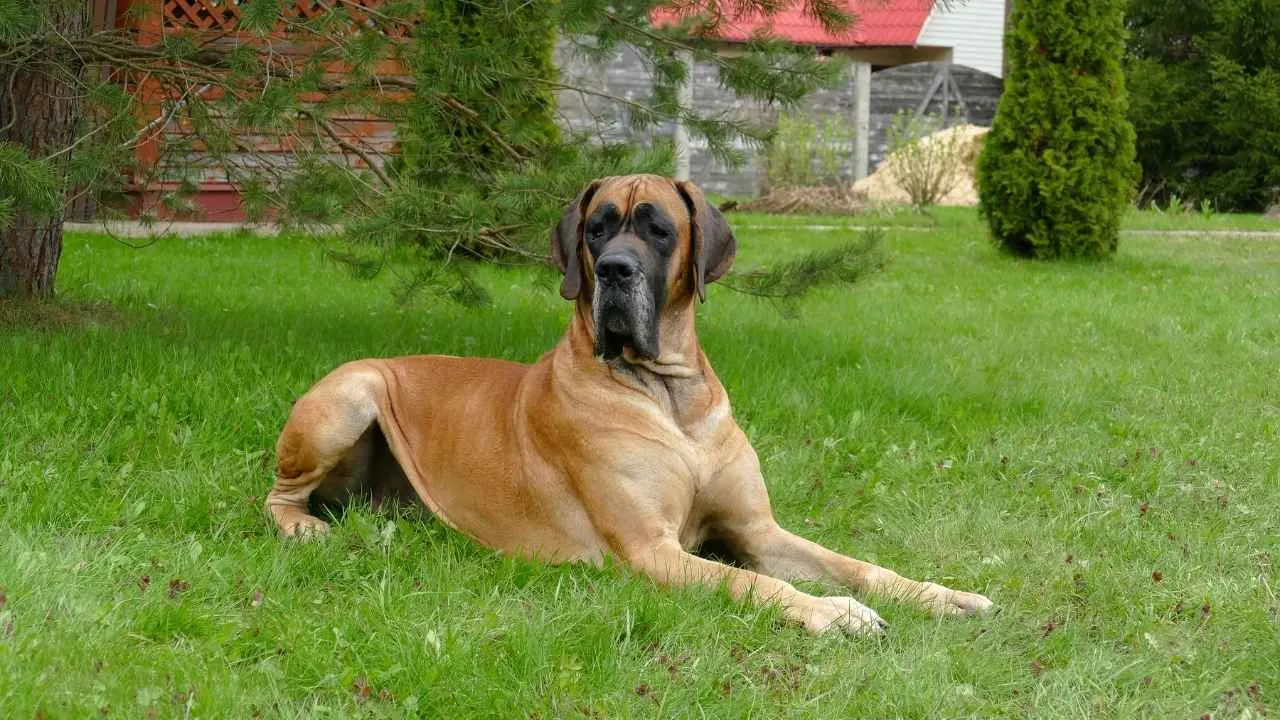
These are one of the more active large breeds. The Great Dane fits in perfectly with active families who are always on the go. Loving a little adventure every once in a while, they are very active and playful.
And they are also amazing with children as well as with other dogs, hence given the title “Gentle Giant”, according to Purina.
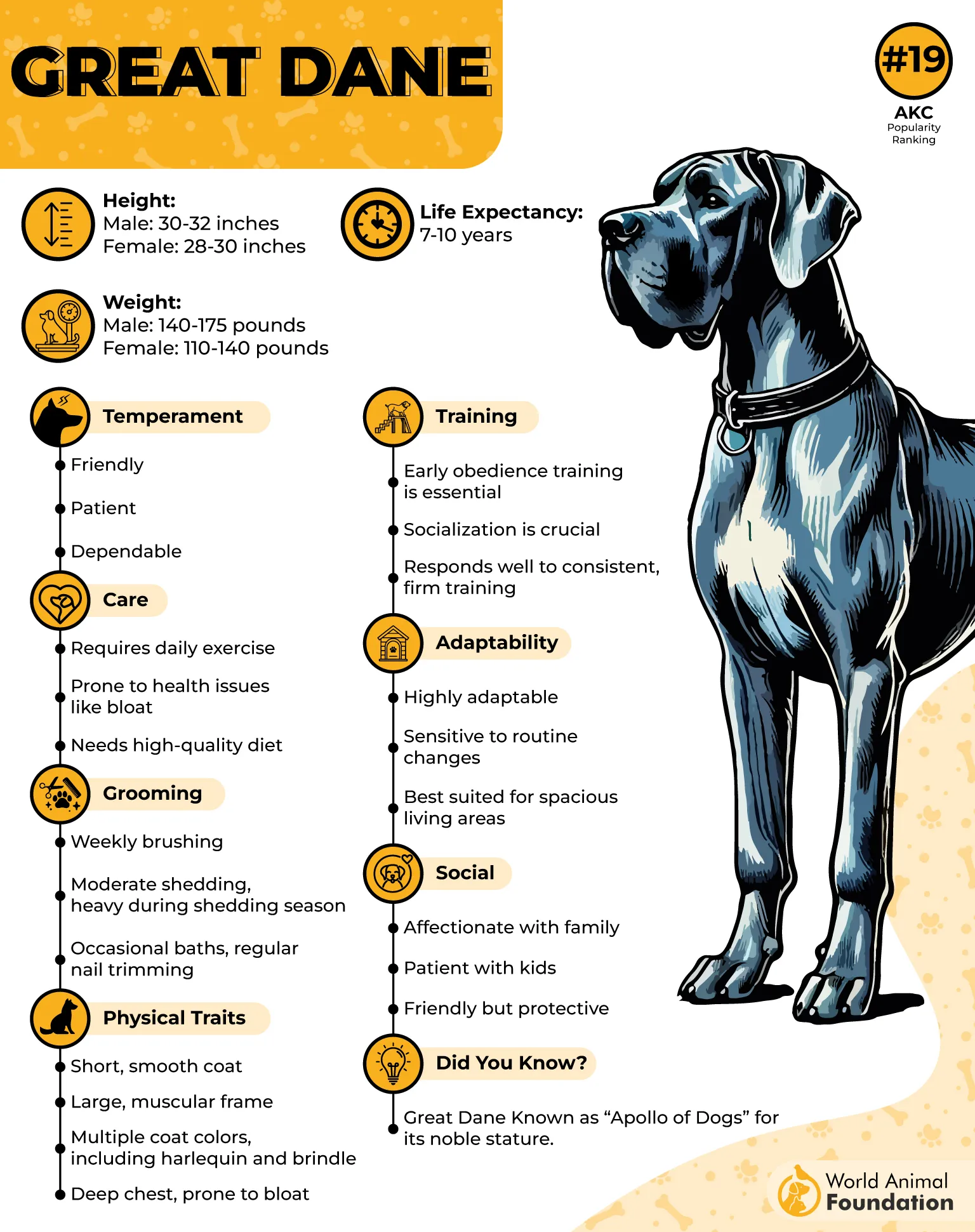
How to Train A Giant:
Be sure to never push a Great Dane past its limits. You don’t want to mess with giant breeds, even as an owner.
Schedule breaks between their adventure and activity time to avoid any injuries. Keeping in mind, they are prone to hip dysplasia.
To make matters easier, give them obedience training while they are young. This helps us avoid a headstrong giant to tackle, mentally and physically. And also helps avoid someone else being knocked over by a mere pounce.
They have an average lifespan of about 7 to 10 years. Their massive size also predisposes them to other health concerns, such as heart disease.
It is imperative for them to have a balanced diet and an active routine in order to be healthy. And with lifespans as short as theirs, owners must be prepared for a brief but beautiful journey nevertheless.
5. Bernese Mountain Dog
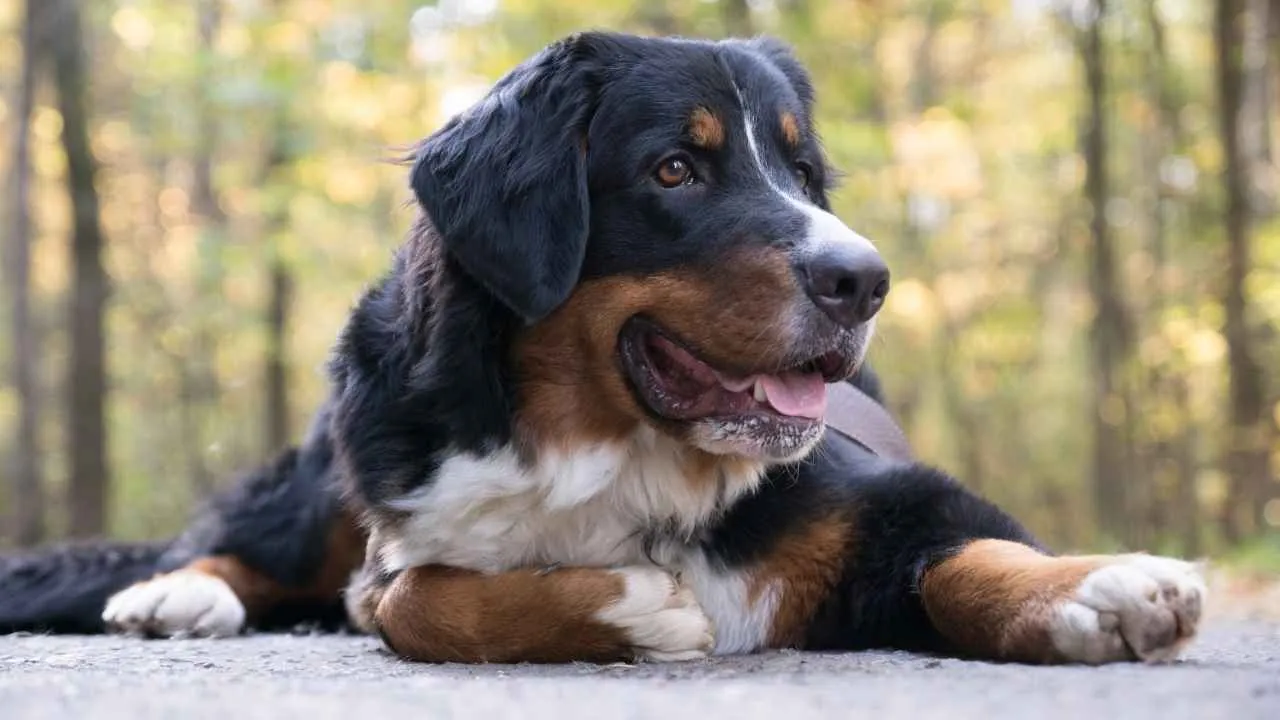
The Bernese Mountain Dog’s lifespan ranges from 7 to 10 years. They have beautiful, tri-colored coats that are perfect for colder climates. They thrive in that weather and enjoy an active lifestyle with their families, being very loving and affectionate dogs.
They are ideal companions for people who love the outdoors, love to travel, move, and just be on their feet exploring the world.
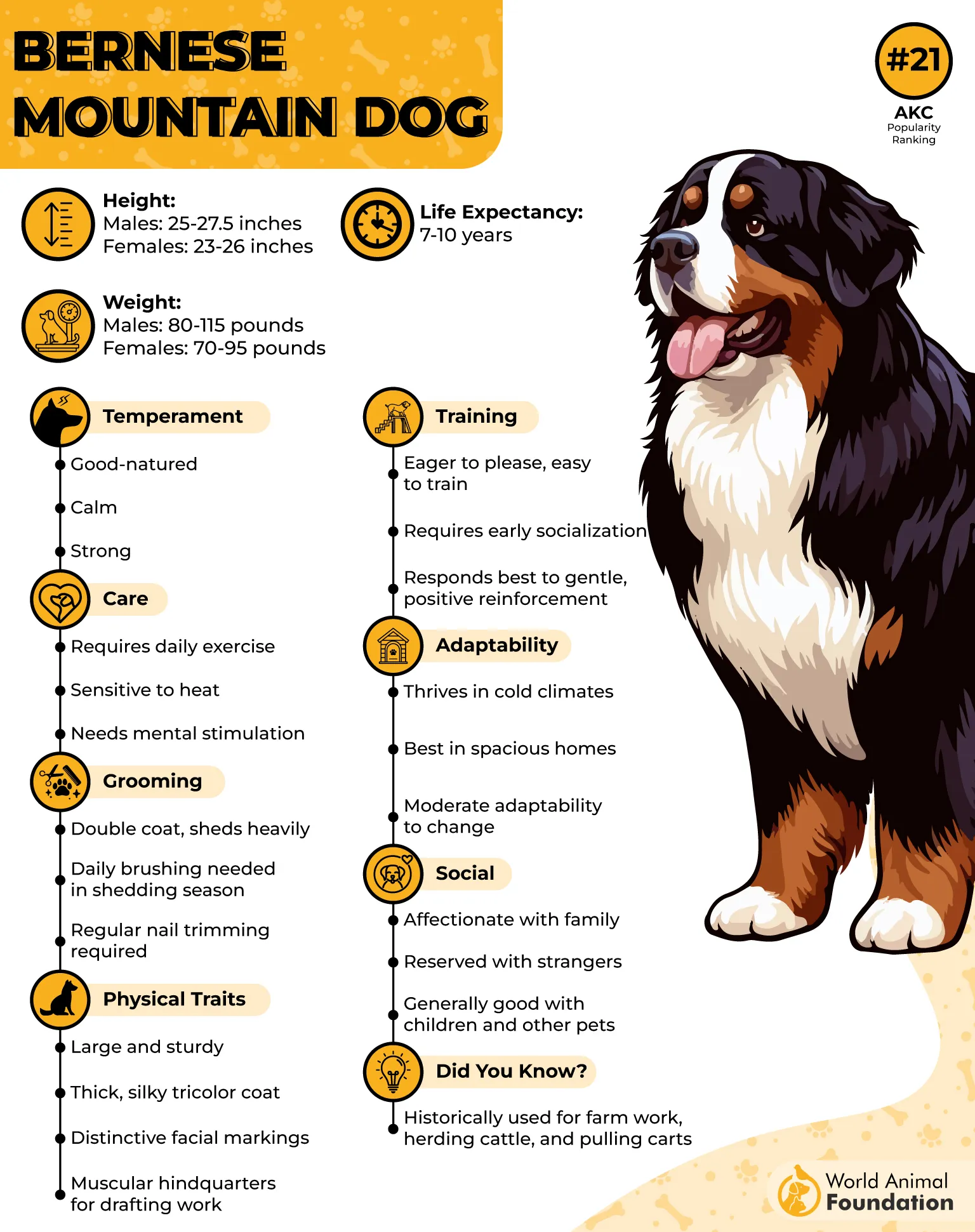
Their short lifespan can, unfortunately, be even shorter due to the health problems they are prone to. These include:
Hip dysplasia
Elbow dysplasia
Various cancers
You need to make sure they are on top of their vet visits, regularly checked, regular grooming takes place, they have an adequate and well-balanced diet, and exercise.
With all these preventative measures taken, your Bernese, despite its health challenges, will bring nothing but warmth and joy into your home.
6. Newfoundland
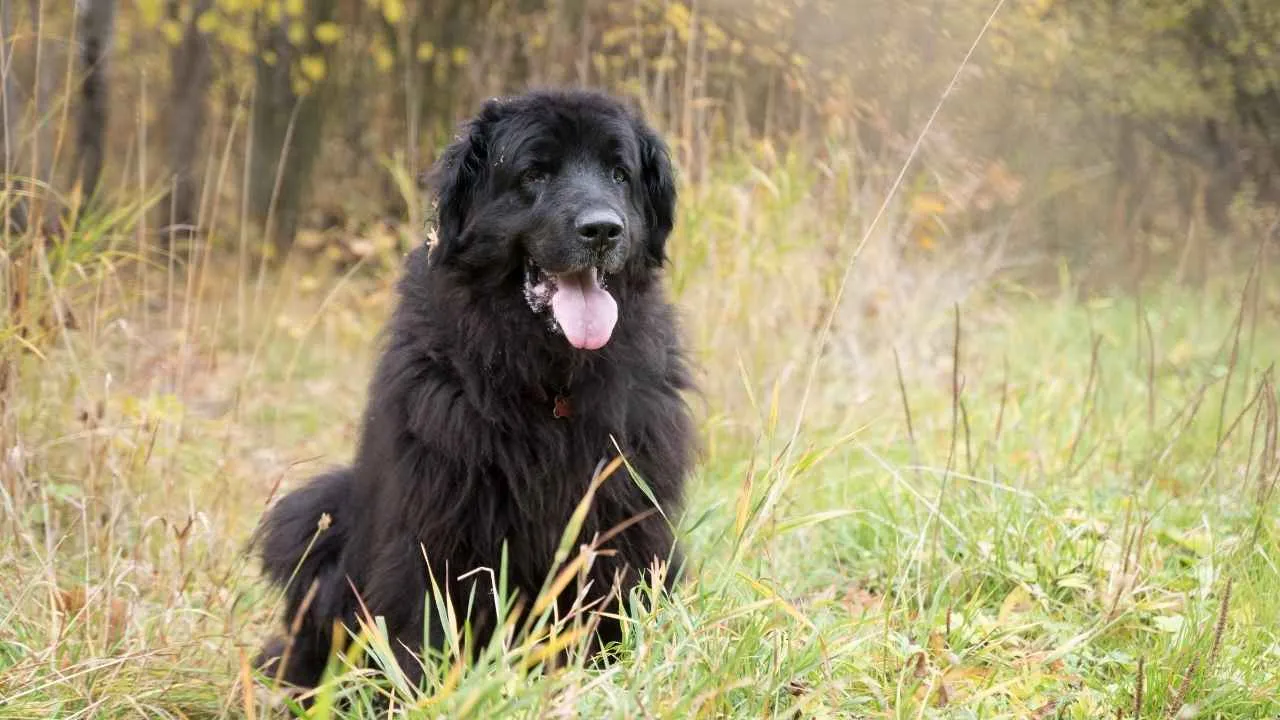
They have long and thick hair, perfect for the colder climate they come from. For warmer areas, however, their hair will need to be trimmed.
They have powerful bodies and really soft hearts, often referred to as the “nanny dog”, and there are multiple reasons why the Newfoundland is so widely adored.
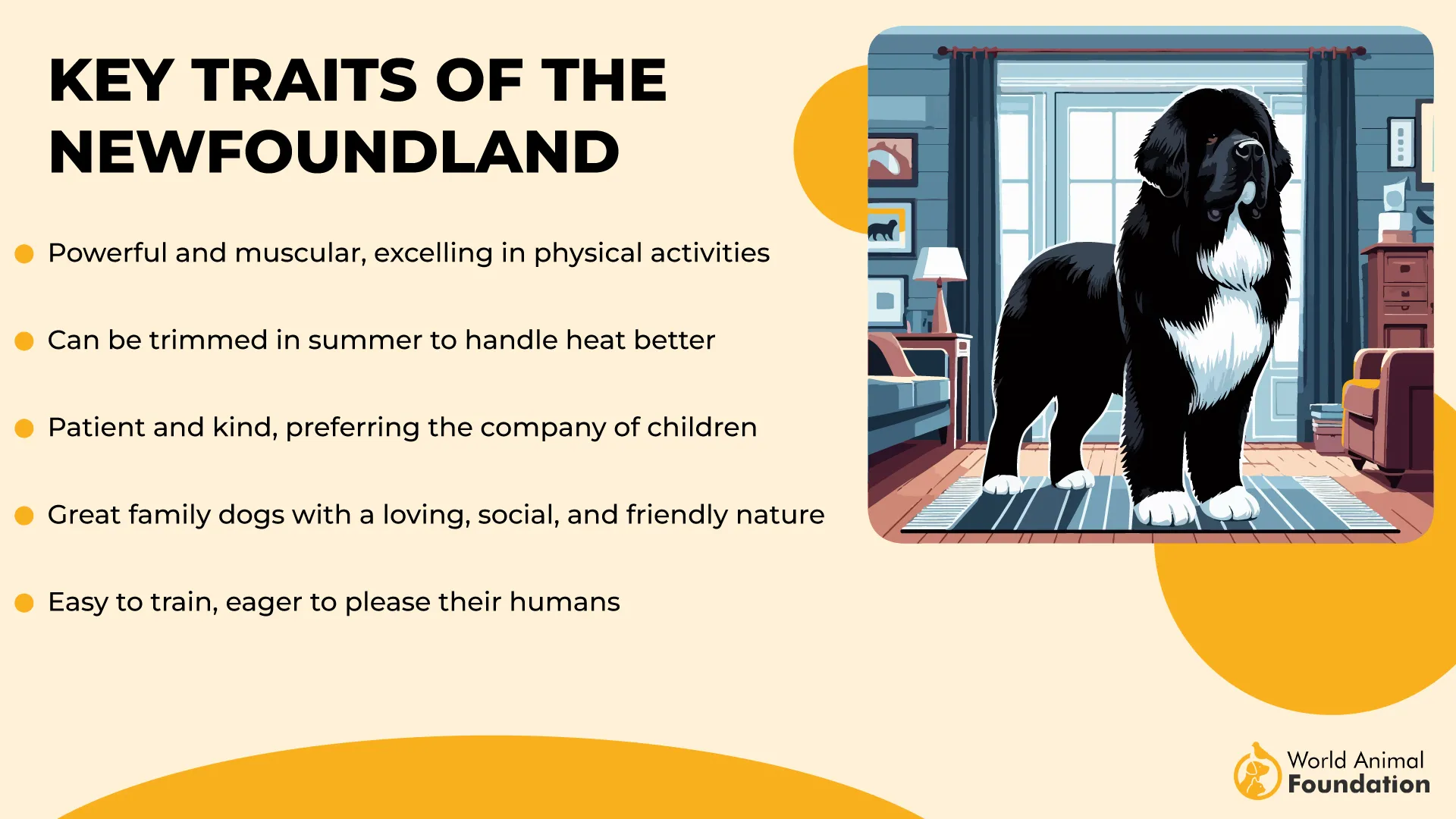
Pros of A Newfoundland:
They are excellent with kids.
They have a water-resistant coat and webbed feet, which makes their love for swimming that much convenient and a delight to watch them in action.
They are large, fluffy, affectionate dogs!
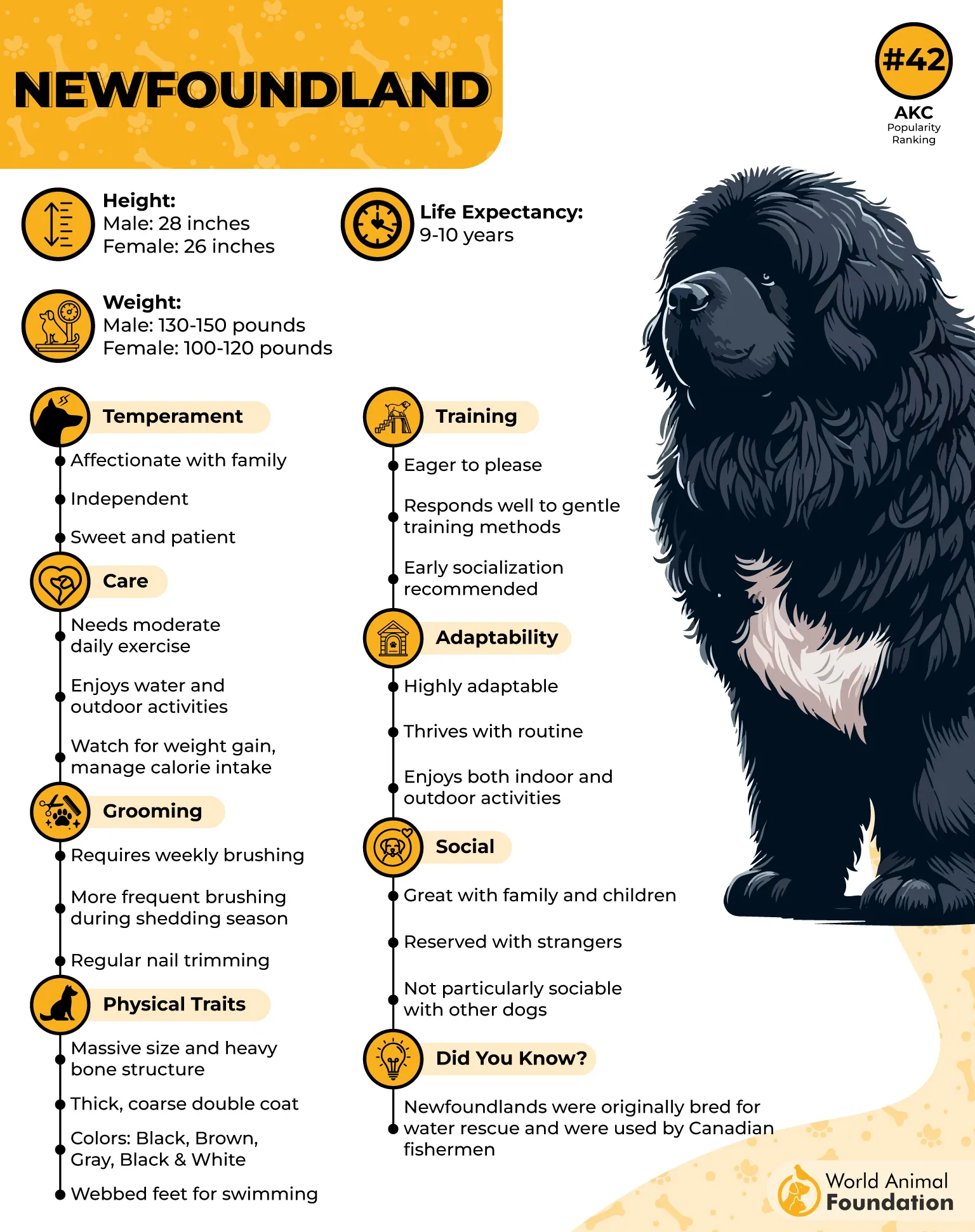
However, they have an average lifespan of about 9-10 years. In addition to that, they are also prone to certain health issues, such as hip dysplasia and heart disease, that can further shorten their lives.
Regular exercise and nutrients are essential for them to maintain their health, which is perfect because these are active dogs; they love to stay active and are perfect for energetic families who adore outdoor adventures.
7. Saint Bernard
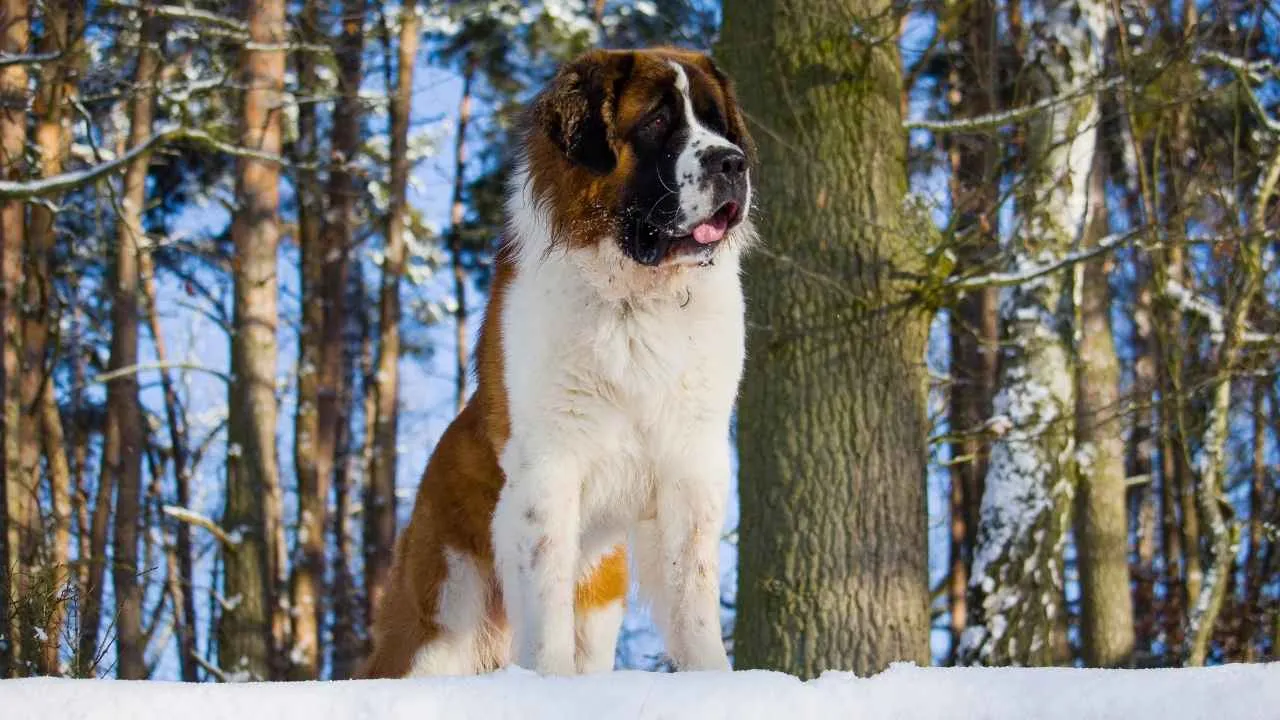
The Saint Bernard will need a strong trainer, because they were bred to be independent rescue dogs and work on their own, so their independent streak is pretty strong.
Their life expectancy ranges from 8 to 10 years. It has a kind and affectionate nature, the kind that can be trusted at home with the kids and other pets too. They also don’t need a lot of exercise; a daily stroll would do.
Benefits of Saint Bernards:
Devoted and affectionate companions with a strong desire to please.
Naturally protective and quick to alert their families to potential danger.
Intelligent and fast learners; respond well to training.
Excel in obedience, carting, and therapy work due to their calm, gentle nature.
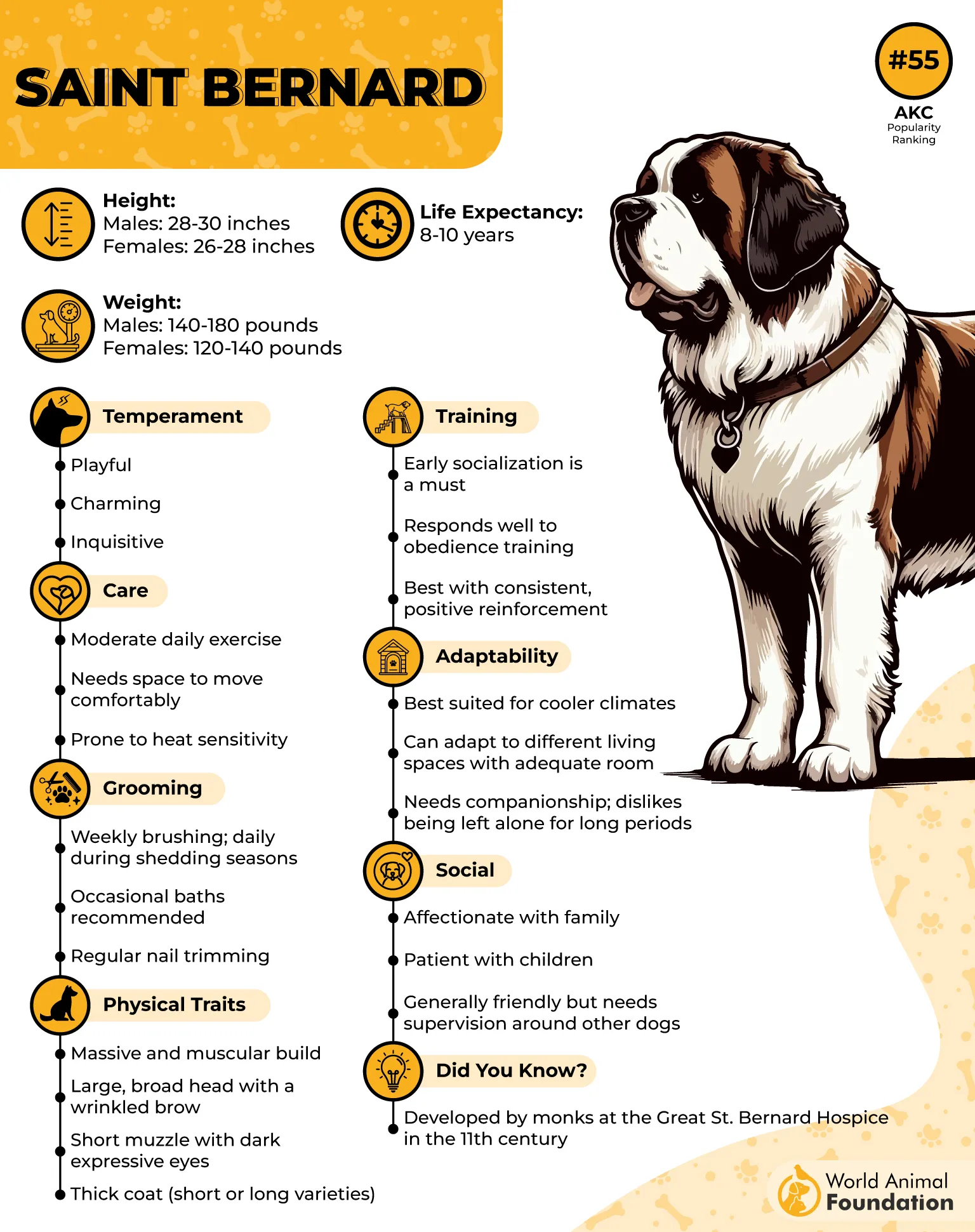
Their size also makes them prone to certain health concerns we have previously discussed with other short lifespan breeds, and similar to them, these dogs also need a good balance of diet and moderate exercise to stay on top of their game. Excess weight will just worsen their underlying health issues, as per Hill’s Pet.
Conclusion
Common health concerns are a struggle for every dog and their prospective dog owner. But issues such as joint health, breathing problems, cognitive decline, and just the problems arising from the sheer size of a dog a problems that are often at times reserved for the larger breeds.
As long as the dog has a healthy diet and an active routine, as per the breed’s requirement, focus on the journey and not the destination. Because the destination is inevitable, sooner or later.


